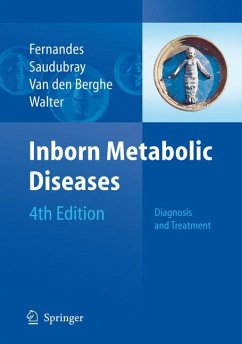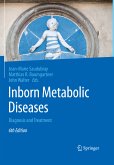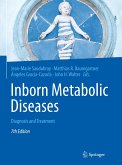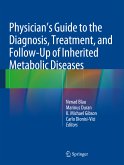This classical textbook has become indispensable for those in the front line dealing with metabolic disorders. The book is aimed at all those involved with this specialty including pediatricians, biochemists, dieticians, neurologists, internists, geneticists, psychologists, nurses, and social workers. This 4th edition has been thoroughly updated and revised. One new chapter on Neonatal screening by tandem MS/MS has been added and several new groups of disorders have been included. The book's main feature is the strong emphasis on clinical presentation and treatment in acute and chronic situation.
Dieser Download kann aus rechtlichen Gründen nur mit Rechnungsadresse in A, B, BG, CY, CZ, D, DK, EW, E, FIN, F, GR, HR, H, IRL, I, LT, L, LR, M, NL, PL, P, R, S, SLO, SK ausgeliefert werden.









